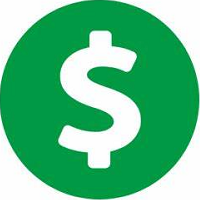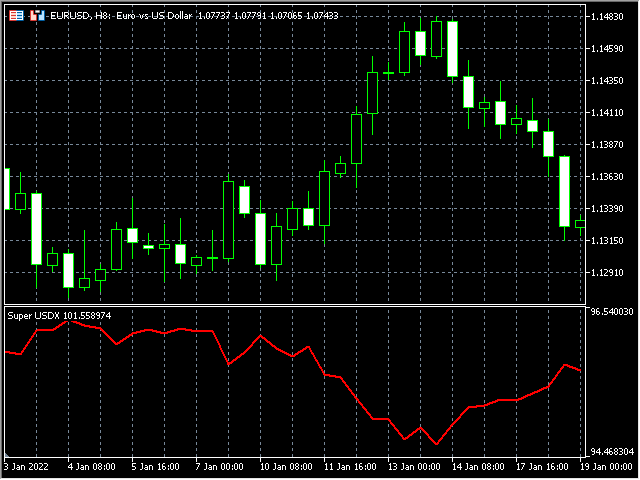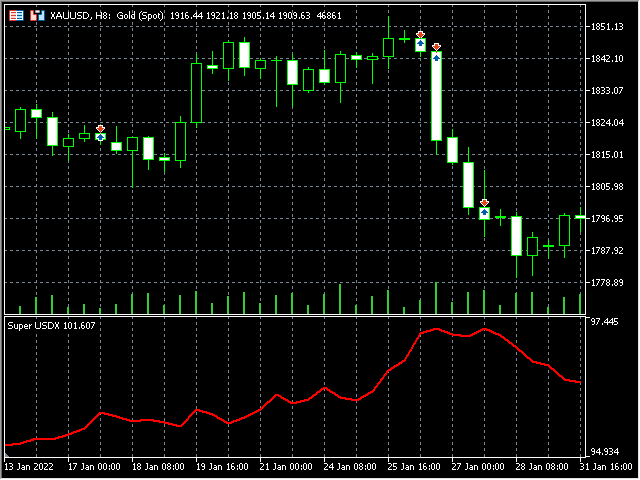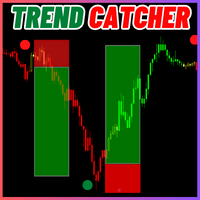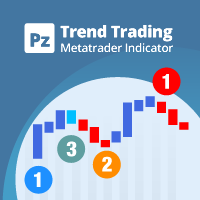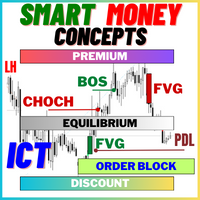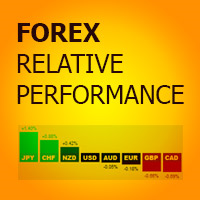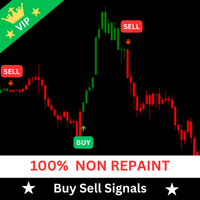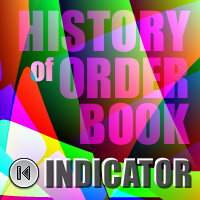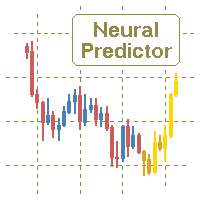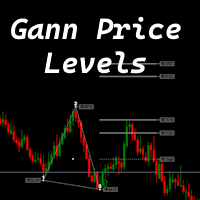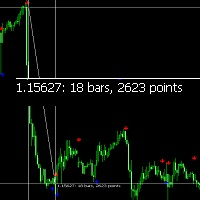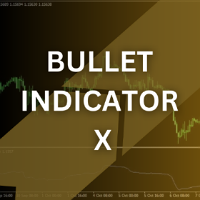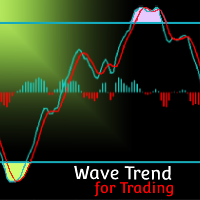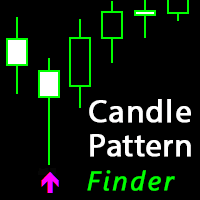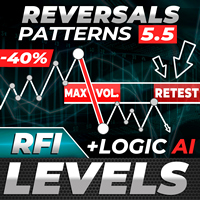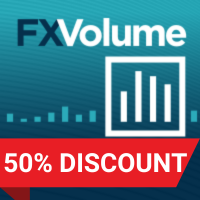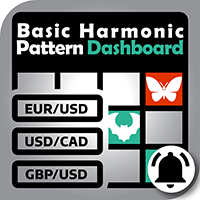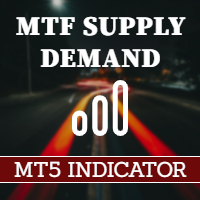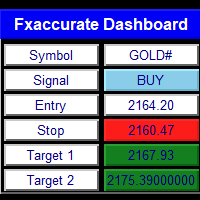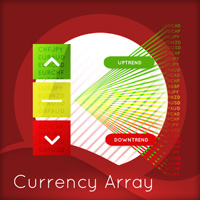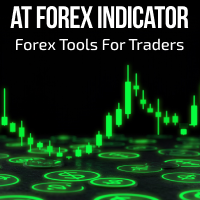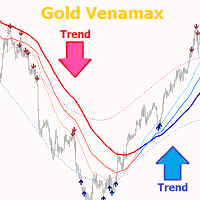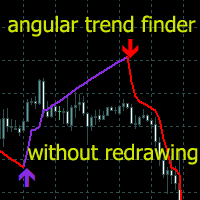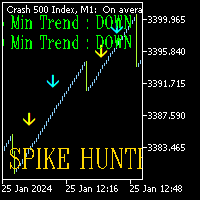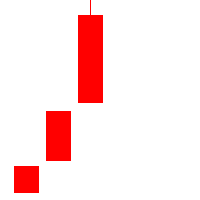Super USDX
- 지표
- Xianba Xia
- 버전: 1.0
- 활성화: 5
The US Dollar Index, also known as DXY, is used by traders seeking a measure of the value of USD against a basket of currencies used by US trade partners. The index will rise if the Dollar strengthens against these currencies and will fall if the Dollar weakens against these currencies. Plan your technical analysis of the US Dollar Index by tracking its price in the chart and keep up with the latest market movements with news, advice pieces, and the dollar index forecast.
The U.S. dollar index (USDX) is a measure of the value of the U.S. dollar relative to a basket of foreign currencies. The USDX was established by the U.S. Federal Reserve in 1973 after the dissolution of the Bretton Woods Agreement. It is now maintained by ICE Data Indices, a subsidiary of the Intercontinental Exchange (ICE).
The six currencies included in the USDX are often referred to as America's most significant trading partners, but the index has only been updated once: in 1999 when the euro replaced the German mark, French franc, Italian lira, Dutch guilder, and Belgian franc.2 Consequently, the index does not accurately reflect present-day U.S. trade.
An index value of 120 suggests that the U.S. dollar has appreciated 20% versus the basket of currencies over the time period in question. Simply put, if the USDX goes up, that means the U.S. dollar is gaining strength or value when compared to the other currencies.
Similarly, if the index is currently 80, falling 20 from its initial value, that implies that it has depreciated 20%. The appreciation and depreciation results are a factor of the time period in question.
The U.S. dollar index allows traders to monitor the value of the USD compared to a basket of select currencies in a single transaction. It also allows them to hedge their bets against any risks with respect to the dollar. It is possible to incorporate futures or options strategies on the USDX.
These financial products currently trade on the New York Board of Trade. Investors can use the index to hedge general currency moves or speculate. The index is also available indirectly as part of exchange-traded funds (ETFs) or mutual funds.
